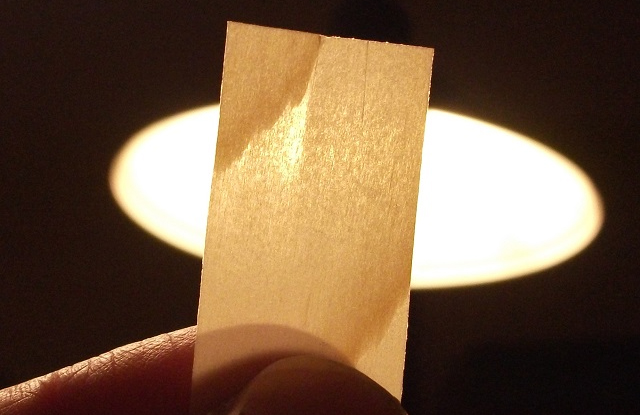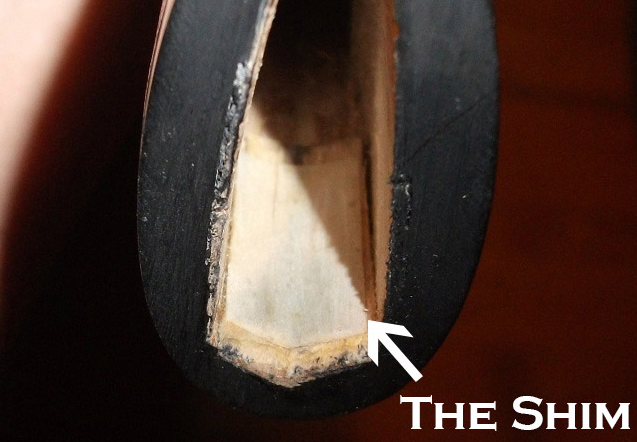How to fix loose saya?

A good katana manufacturer will ensure that each sword is firmly placed in its saya. Despite the best efforts, sometimes the sword will loosen in its sheath or over time as it is drawn repeatedly. Correct
Gasket filling with silicone grease is the preferred method for fastening katana, wakizashi or tanto in its sheath.
You will need:
-Wood veneer edges
-Lighters/matches
-Narrow-head screwdriver
-scissors
-Your sword
1. Familiar with Saya
First pull out the sword and put the blade in a safe place. If you look at Saya’s mouth, you will find that the width of the opening gradually decreases. The back side of the blade is wider, while the ha side of the blade is narrower. The spacer will be applied to the ha (edge) side of saya.
There is no need to shim the entire length of the scabbard. The blade does not actually touch the inside of the saya. The only point of contact should be between habaki (the metal collar at the bottom of the blade) and saya.
2. Cut the wood veneer gasket

Use a sharp pair of scissors or a katana to cut off a plank veneer. The length of the test strip should be as long as the ha wood and as wide as the ha (edge) side of the saya opening.
3. Connect shim to Saya

There is heat activated glue on the back of the wood veneer. Insert the shim into the saya port on the ha (edge) side. Use a lighter, candle, or other heat source to heat the narrow-blade flat-head screwdriver. It doesn't have to be hot-it should be as hot as an iron. After the screwdriver is heated, use it to apply pressure to the wooden shim. After about 10 seconds, remove the screwdriver and put the sword back into its saya. Putting the blade back in the sheath is the best way to apply uniform pressure to the shim as the adhesive sets.
4. Get the job done!
After the adhesive has solidified, you can test the fit of the sword. It should be firmly fixed in place, but it is not difficult to draw. If it is too tight, it will naturally loosen over time. Avoid sanding or filing the inside of the sheath, as the residue may scratch the blade.
Traditionally, the gasket is made of the same wood as Saya, with rice paste attached. The edges of the wood veneer and its adhesive are usually soft enough to avoid damage to the blade.
Discover the many attractive options available for Katana swords and custom swords.
Want a unique sword? Feel free to contact us:
Phone: 086 13739276006
Email: [email protected]
Website: www.hanbonforge.com
Custom Sword Page: www.hanbonforge.com/CUSTOM-SWORDS/Custom-Your-Own-Swords

Leave a Comment